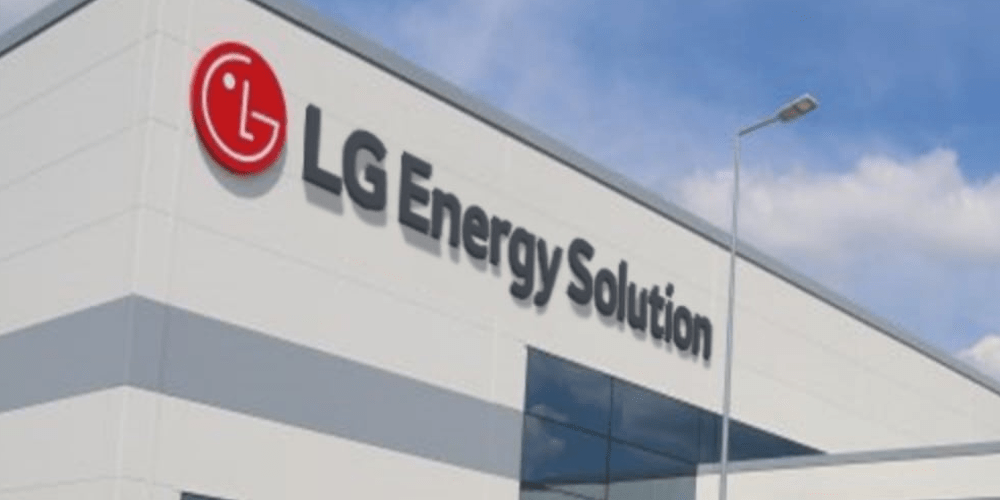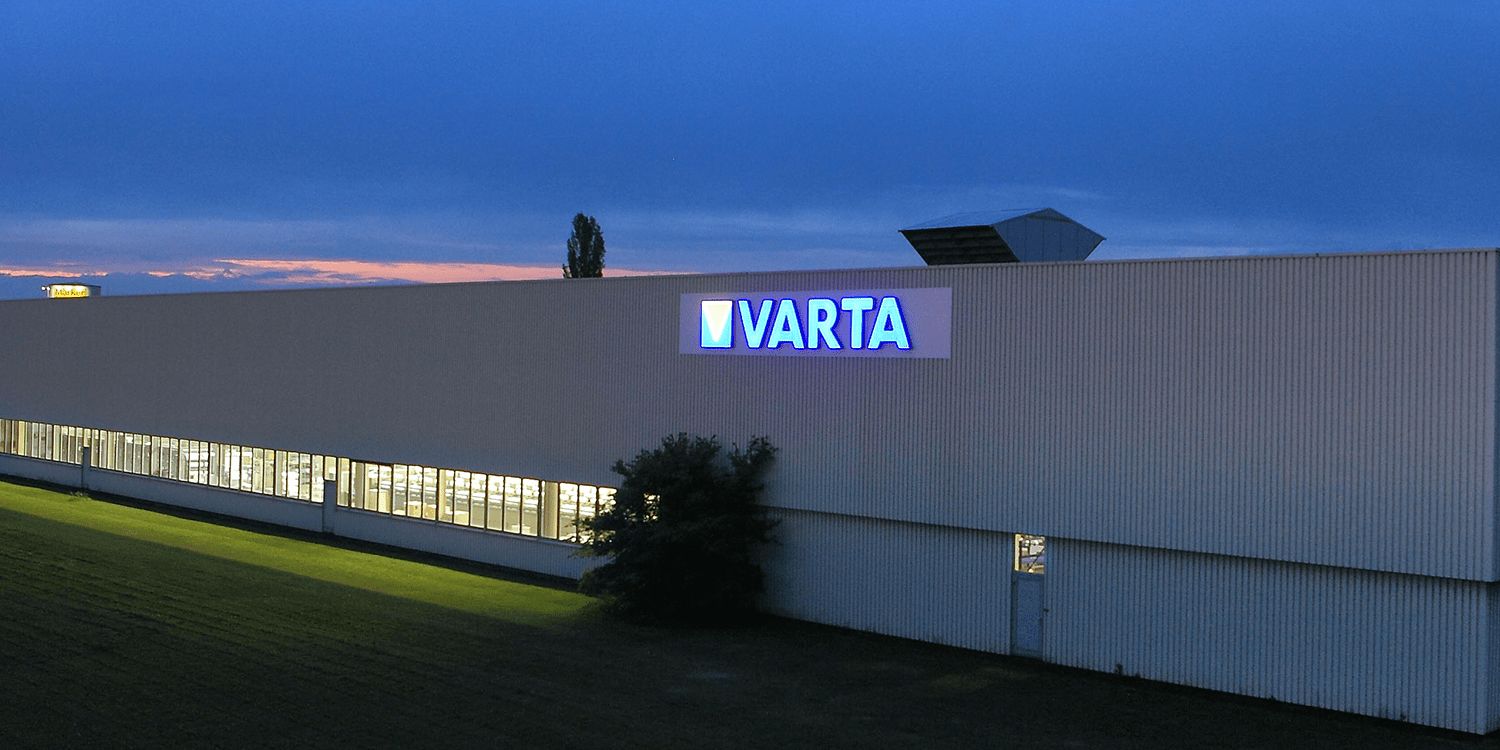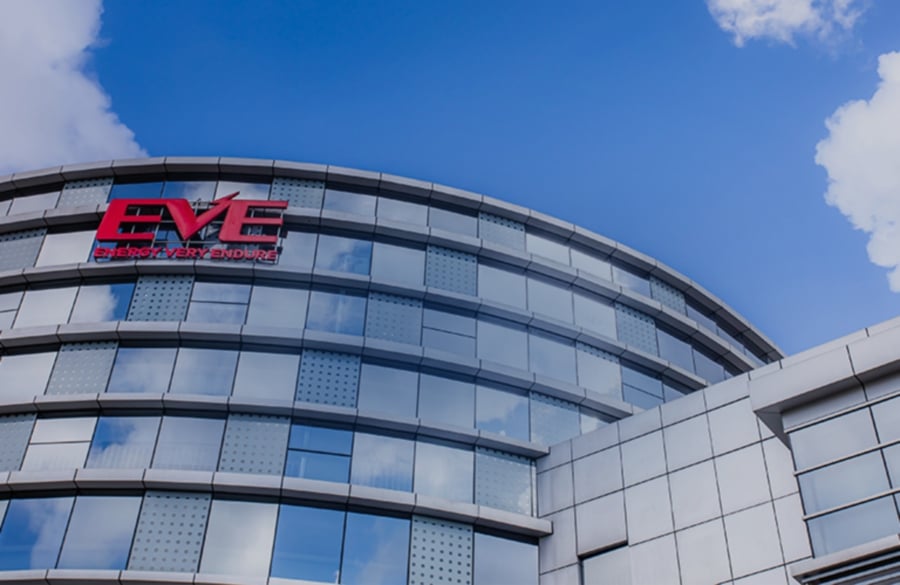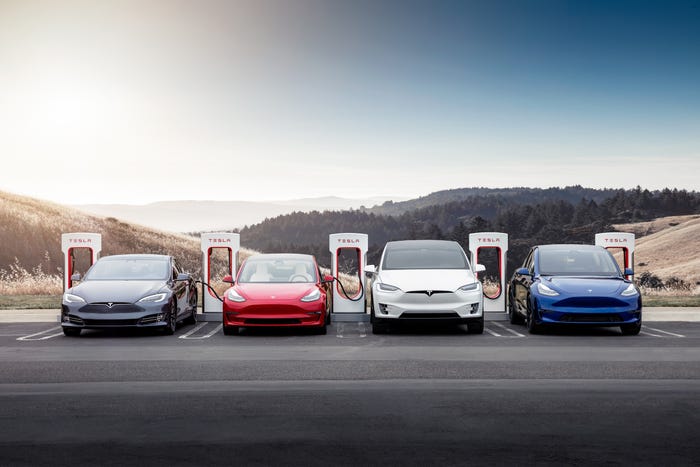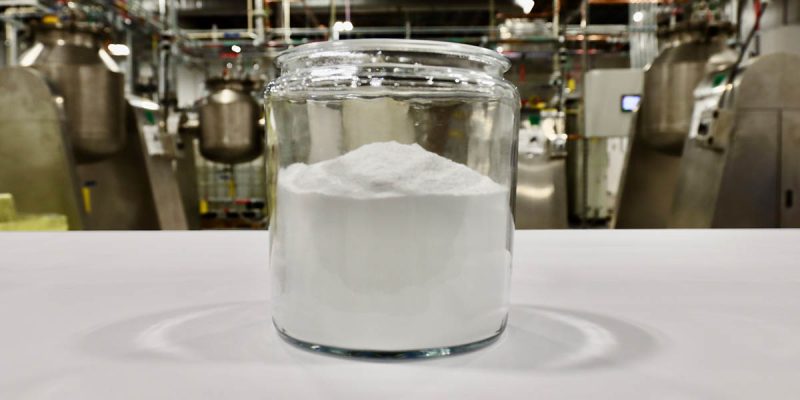South Korean battery manufacturer LG Energy Solution (LGES) has unveiled a collaborative effort with Huayou Recycling, a subsidiary of Huayou Cobalt, to establish two battery recycling plants in China.
The recycling initiative entails the construction of a battery scrap pre-treatment plant in Nanjing, as well as a post-treatment facility in the vicinity of Quzhou. The geographical proximity of these locations has been strategically chosen to facilitate efficient waste management. LGES, which operates a battery factory in Nanjing, and Huayou Cobalt, headquartered in Quzhou, have identified this arrangement as optimal for their operations. By the end of 2024, the proposed joint venture will be responsible for processing battery scrap generated at LGES’s Nanjing plant, in addition to the collection of used batteries managed by Huayou Recycling. The reclaimed nickel, cobalt, and lithium will then be reintegrated into LGES’s Nanjing facility.
In an official statement, LGES emphasized the pivotal role of the joint venture in ensuring a consistent supply of essential waste batteries and battery scraps. This, in turn, aligns with the company’s larger objective of establishing an integrated closed-loop manufacturing system. The physical proximity of both pre-treatment and post-treatment units to the Nanjing plant underscores the commitment to a robust closed-loop recycling framework within China.
LGES has reported the implementation of a recycling system at its Nanjing plant in 2022, further highlighting its proactive stance in sustainable practices. The company’s endeavors extend beyond its immediate partnership with Huayou Recycling, as it seeks global collaborations to develop an effective used battery collection infrastructure. One such initiative involves a partnership with Canadian battery recycling firm Li-Cycle.
Notably, LG Energy Solution shares an existing association with Huayou Cobalt through its parent company, LG Chem. The two entities have outlined plans for the establishment of a factory dedicated to producing cathode precursor materials comprising nickel, cobalt, and manganese in South Korea. The construction, set to commence this year in the Saemangeum National Industrial Complex, will roll out in phases, with the initial production capacity pegged at 50,000 tonnes annually. This capacity is slated to double to 100,000 tonnes in the subsequent phase.
See also: Huayou Cobalt to Establish First European Factory in Hungary for Electric Car Battery Materials
Furthermore, LG Chem has already launched a joint venture in collaboration with B&M, a subsidiary of Huayou Cobalt, aimed at manufacturing cathode materials. The venture, in which LG Chem holds a controlling 51% stake, anticipates commencing mass production of NCMA cathode materials with an annual capacity of 60,000 tonnes in South Korea’s Gumi city by the latter half of 2024.
Huayou Cobalt, a prominent global supplier of battery raw materials, maintains a significant presence in the industry. The company boasts multiple partnerships with automobile manufacturers and battery cell producers, including anticipated joint ventures with Volkswagen in China. The recently announced collaboration with LG Energy Solution aligns with the broader sustainability movement in the battery sector, striving for efficient recycling and responsible resource management.

